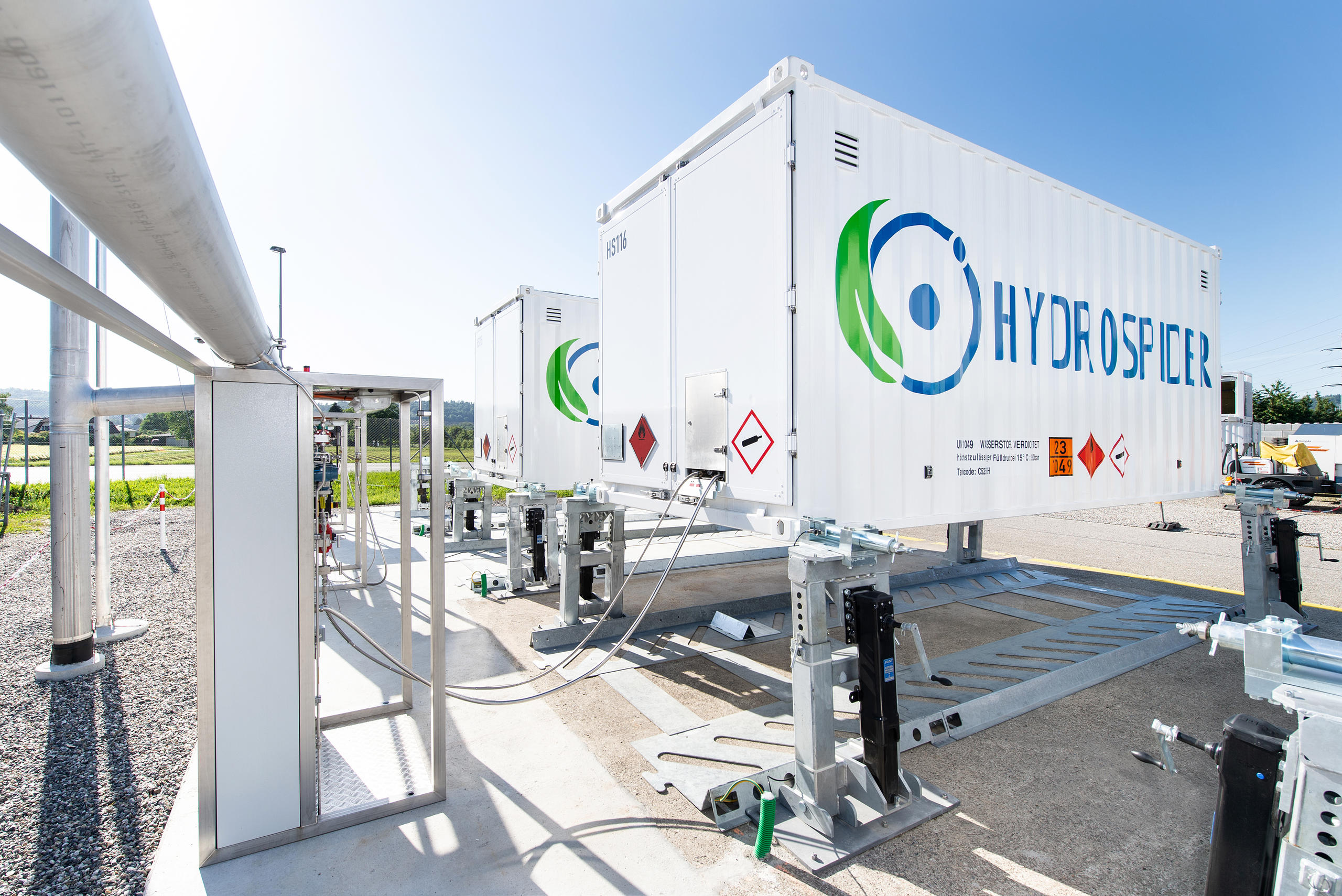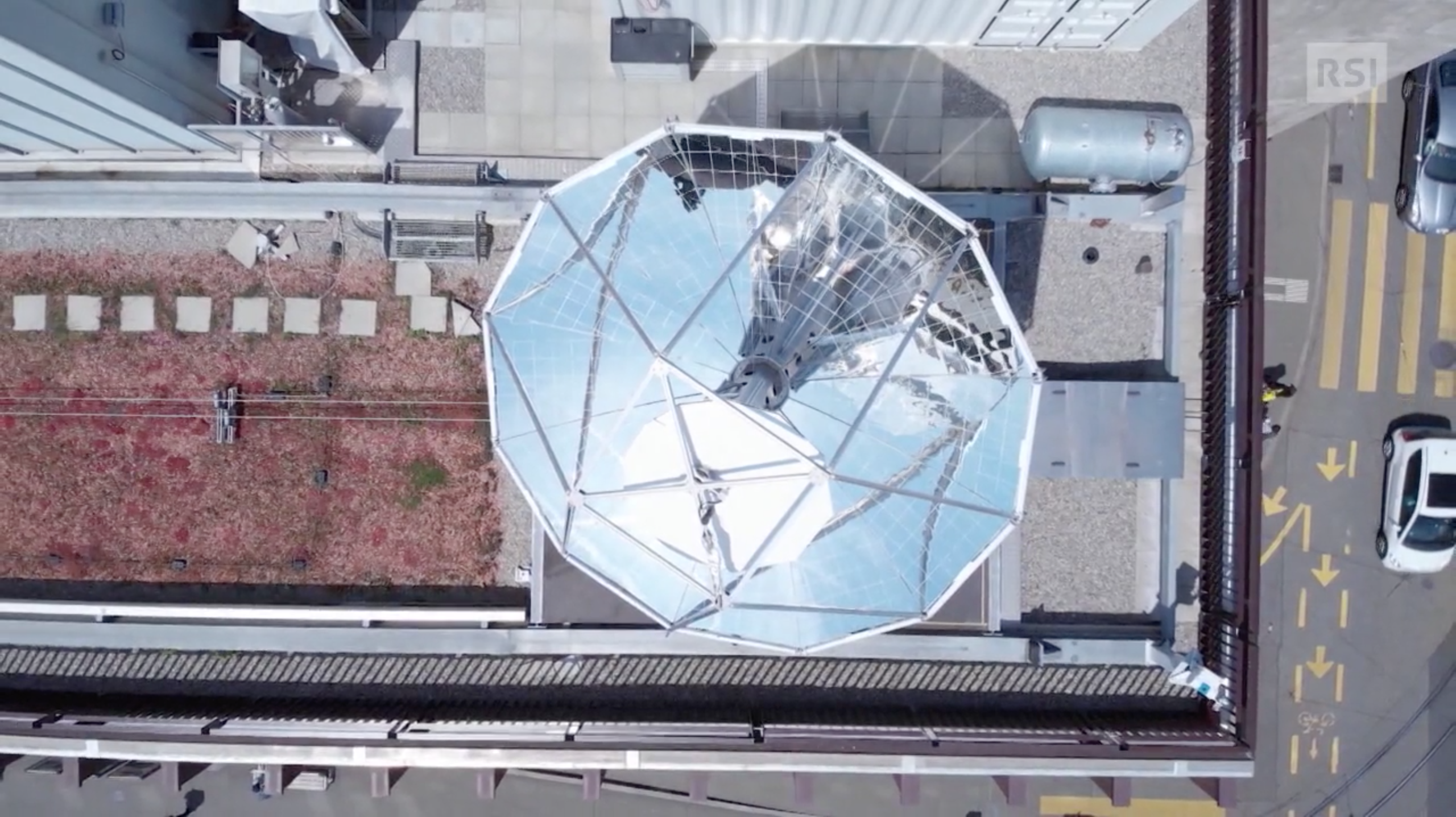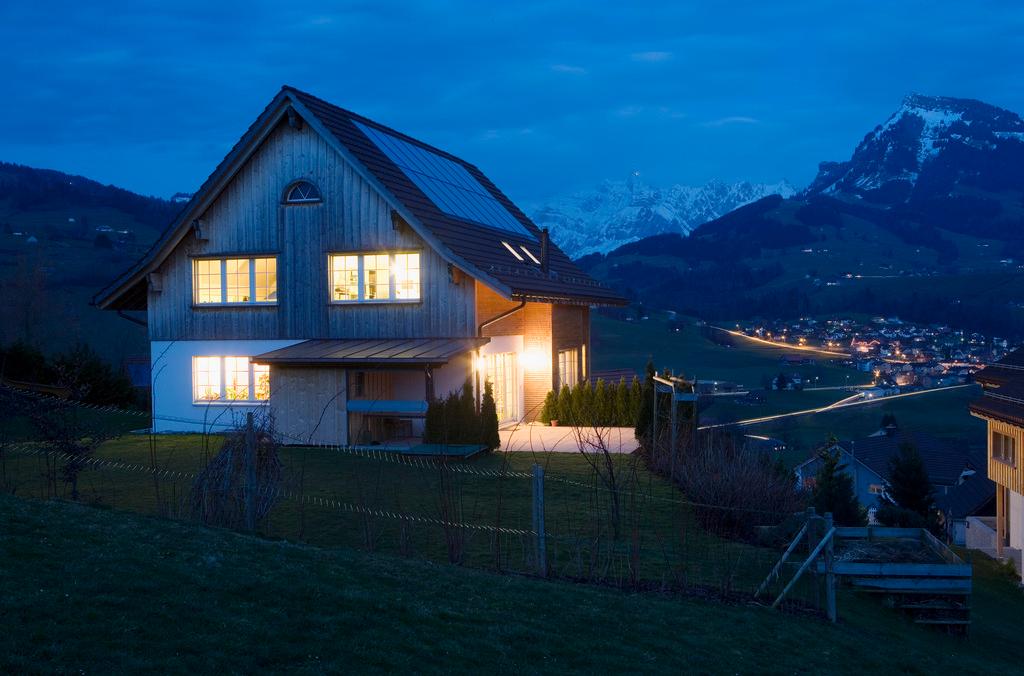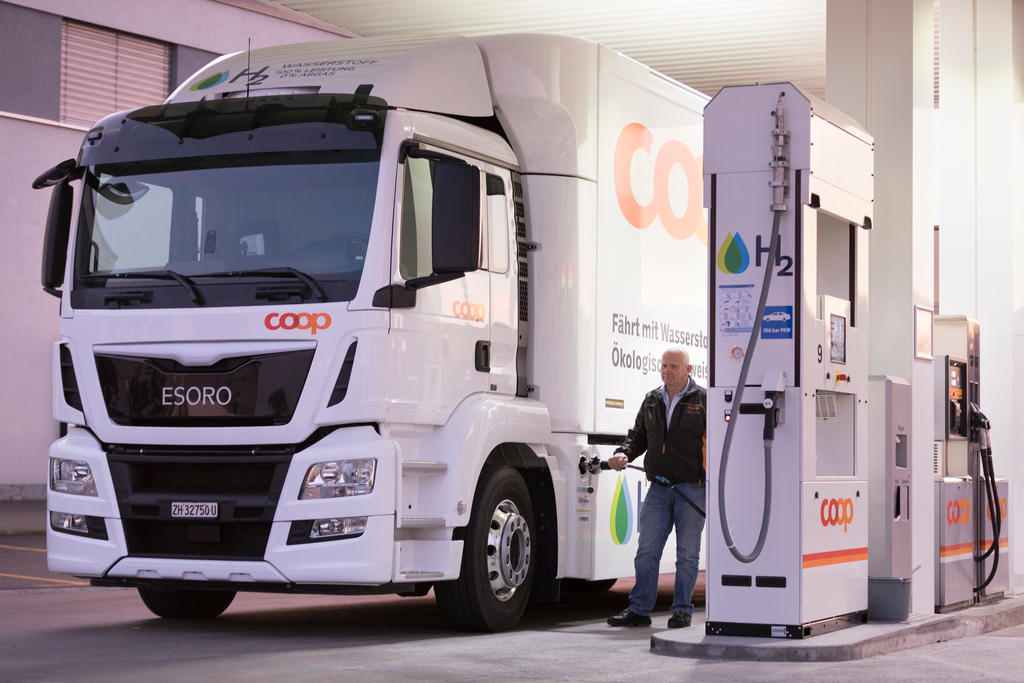Switzerland’s driving role in the green hydrogen revolution

Will drivers of the future be filling up their cars with hydrogen? In Switzerland a unique business venture is paving the way for emissions-free mobility by replacing fossil fuels with green hydrogen.
On the roads, hydrogen-fuelled cars are still a rare sight. But all of this could soon change. Both Germany and France have announced billions in investments in hydrogen technology. In July the European Commission presented its strategy for achieving carbon neutrality through renewable hydrogen. Switzerland, though not a member of the European Union, is partly responsible for the continent-wide programme, since together with six EU countries it devised a roadmap for the development of hydrogen.
In fact, the Alpine nation has every intention to play a leading role in the production of green hydrogen, one of the most promising alternatives to fossil fuels. It is the first country in the world to have launched a new form of zero-emission mobility at the national level.
“It’s not just Europe but the entire world that’s looking towards Switzerland,” says electrical engineer Thomas Fürst. “We’ve succeeded in solving the riddle of the chicken and the egg when it comes to hydrogen.”
Why buy a hydrogen vehicle if you can’t refuel it? And why invest in filling stations if there are no vehicles to use them? That’s the problem Fürst is referring to – and which Switzerland has been able to solve thanks to a private sector project.
“For the first time, rather than waiting to see what the others are doing, all the partners decided to invest together,” he explained.
Fürst is the manager of Hydrospider, a limited company created by Swiss electrical firm Alpiq and private firm H2Energy. His job is to lead the company’s first venture: the production of green hydrogen.
More than 90% of the hydrogen produced in the world comes from fossil resources such as oil, natural gas and coal. This is referred to as grey hydrogen, as production involves emissions that are harmful to the climate.
Blue hydrogen is also derived from natural gas, but the CO2 produced during the process is captured and stored permanently.
As for green hydrogen, this is produced from renewable energies. Only in this form can hydrogen play a central role in the energy transition.
Hydrospider uses electricity produced by the hydroelectric plant in Gösgen, canton Solothurn, to break water down into hydrogen and oxygen (electrolysis). Its two-megawatt plant – the largest in Switzerland – can produce up to 300 tonnes of hydrogen a year, which could fuel around 50 lorries or 1,700 cars.
The gaseous hydrogen is stored in a special container which, once filled, is transported to the filling stations. “It’s the same principle as for gas cylinders: we deliver the full containers and collect the empty ones,” Fürst explains. Installations similar to the Gösgen site, which cost CHF5 million ($5.5 million), are also being planned in St Gallen and Basel.

Filling up with hydrogen
A second component of hydrogen mobility is the gradual emergence of filling stations in various regions of Switzerland. The first public filling station opened in 2016 in Hunzenschwil, canton Aargau; the St Gallen filling station, which opened in July 2020, will be followed by others in the cantons of Zurich, Bern and Vaud by the end of the year.
The extension of the service station network along one of the country’s main roads “marks the beginning of a new era of mobility in Switzerland”, says Jörg Ackermann, president of H2 Mobility Switzerland, an association of several oil companies including Socar, Avia, Shell and Tamoil.
At a cost of CHF1 million-CHF1.5 million, a hydrogen-powered pump “would already be profitable from ten to 15 lorries”, according to Thomas Fürst. “Of course, cars, buses and municipal vehicles can also be refuelled there. The price of hydrogen at the pump is linked to the price of diesel. We want to ensure that the operating costs of a hydrogen lorry are roughly the same as those of a diesel lorry,” he says.
A kilo of green hydrogen currently costs CHF10-CHF12 and lets a lorry cover about 11 kilometres. According to one study, this price should halve over the next decade.
The goal of H2 Mobility Switzerland, whose members operate more than 2,000 filling stations, is to cover the whole of Switzerland by 2023. “In the future, filling up hydrogen vehicles will be done at the same locations, take the same time and offer the same range as petrol vehicles, that’s to say 500-700km,” says Martin Osterwalder, head of business development at Avia.
World’s first fleet
The green fuel produced in Switzerland will primarily be used to power heavy vehicles. On the basis of an agreement with H2 Energy, South Korean manufacturer Hyundai will supply 1,600 hydrogen-powered lorries to Switzerland by 2025. These vehicles are equipped with fuel cells that generate energy (and water) by combining hydrogen with oxygen.
The first seven vehicles were delivered on October 7.
Once operational, the world’s first fleet of hydrogen-powered commercial lorries will prevent the release of around 100,000 tonnes of CO2 into the atmosphere each year.

For Hyundai, Switzerland is the ideal location to test lorries in real-world conditions, with a view to expanding into Europe and the United States. Switzerland has a relatively expensive lorry tax (up to CHF80 per 100km driven), which encourages a faster transition to more sustainable mobility.
“Hydrogen lorries cost more than diesel ones. But being electrically driven vehicles, they are not subject to the heavy goods vehicle tax. The operating price of both models is therefore similar,” says Thomas Fürst.
The Hyundai lorries will be leased to logistics and transport companies as well as to major retailers in the country. Thus, no major initial investment will be necessary, he points out.
Market signals
“Without hydrogen I don’t see how Switzerland can achieve the goal of zero net emissions by 2050,” says Christian Bach, head of the Laboratory for Internal Combustion Engines at the Swiss Federal Laboratories for Materials Science and Technology (Empa).
However, the use of hydrogen is still at the pilot and prototype stage. “To move to the next phase, we need clearer signals from the market, which in some cases already exist,” Bach said in an interview with the Tamedia publishing group.
Compared to batteries in electric vehicles, hydrogen has a higher energy density, explains specialist journalist Remo Bürgi. Fuel-cell vehicles can therefore travel longer distances without being heavier than electric vehicles. “Hydrogen can also be stored for the long term, which is a clear advantage over electricity,” he writes.
“But prices will still have to come down considerably if hydrogen vehicles are to become competitive.”
(Translated by Thomas Stephens and Geraldine Wong Sak Hoi)

More
‘Green’ aviation fuel aims to power planes by 2030

In compliance with the JTI standards
More: SWI swissinfo.ch certified by the Journalism Trust Initiative













You can find an overview of ongoing debates with our journalists here . Please join us!
If you want to start a conversation about a topic raised in this article or want to report factual errors, email us at english@swissinfo.ch.